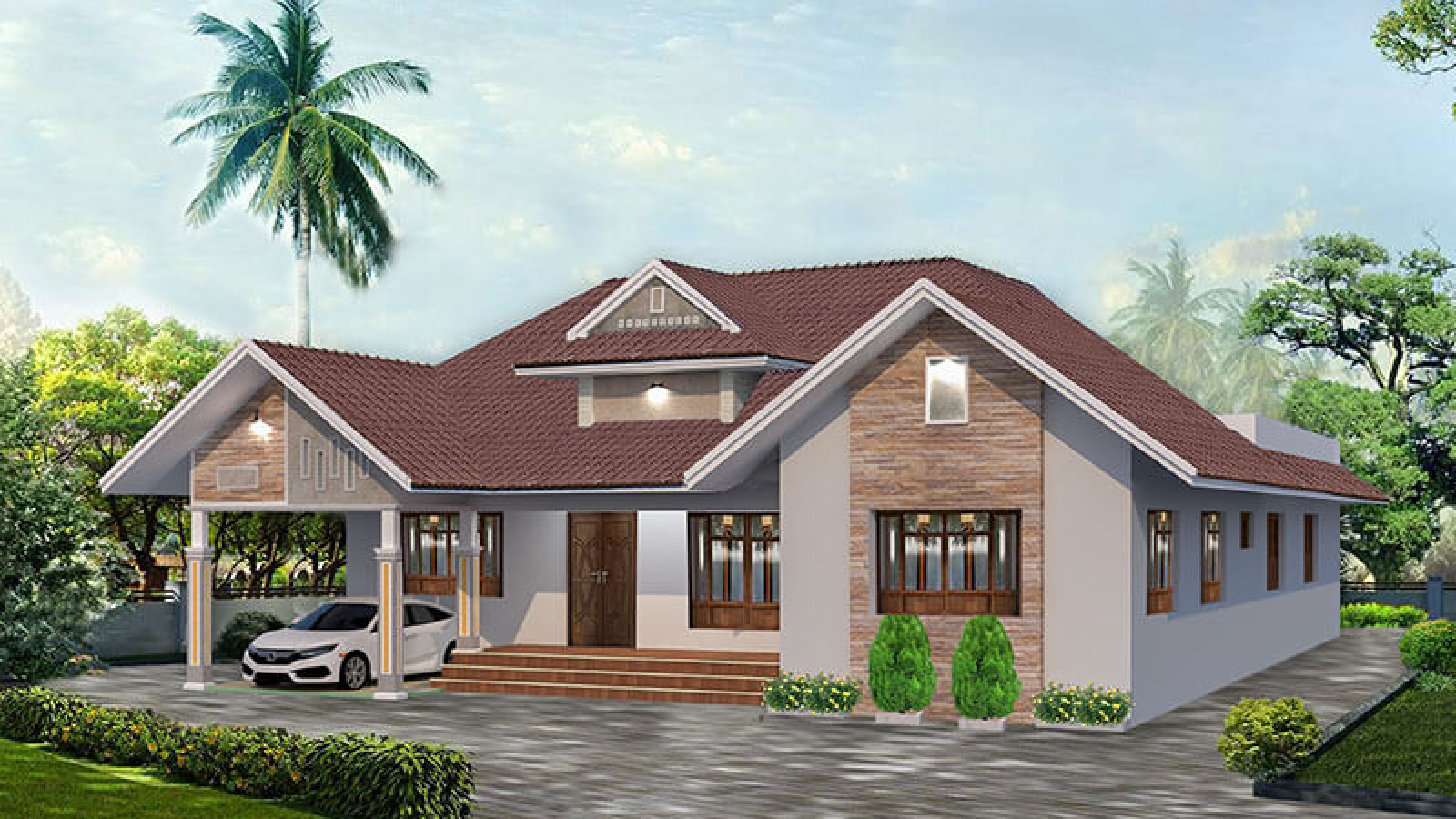When it comes to setting up a home gym, one of the most important aspects that often goes overlooked is the flooring. The right flooring can not only enhance your workout experience but also protect both your equipment and floor underneath from wear and tear. There are several home gym flooring options available in the market, each offering unique benefits.
Rubber flooring is perhaps the most popular choice for home gyms due to its durability and resilience. It’s capable of withstanding heavy weights without getting damaged, making it perfect for weightlifting or high-intensity workouts. Moreover, rubber absorbs shock well which reduces strain on joints during exercises like jumping jacks or burpees. Rubber tiles are easy to install and can be moved around if needed.
Foam tiles are another great option for those on a budget. They offer good cushioning which makes them ideal for yoga or pilates sessions where comfort is key. However, foam isn’t as durable as rubber and may not withstand heavyweight equipment or intense workouts over time.
Vinyl flooring offers an aesthetically pleasing option that’s easy to clean and maintain while providing adequate support for moderate workouts. It might not be suitable for heavy-duty exercise routines though due to its lower impact resistance compared to rubber or foam.
Cork floors have gained popularity recently because they’re eco-friendly and provide excellent shock absorption similar to foam tiles but with better durability. Cork has natural antimicrobial properties which help keep your gym space hygienic.
Carpet tiles are another option worth considering especially if you want a softer surface underfoot during your workout sessions. These come in various colors allowing customization according to personal preferences while their interlocking design ensures stability even during vigorous exercises.
Epoxy flooring is an excellent choice if you prefer something more permanent than mats or tiles; it’s incredibly resilient against impacts, stains, moisture, and even bacterial growth – all common concerns in a gym environment.
Lastly, there’s commercial-grade PVC (polyvinic chloride) flooring. It’s a heavy-duty option that can withstand the rigors of a home gym while being easy to clean and maintain.
When choosing your home gym flooring, it’s essential to consider the type of workouts you’ll be doing, the equipment you’ll be using, and your budget. Remember that investing in quality flooring can save you from potential injuries and expensive repairs down the line. Whether it’s rubber for heavy weightlifting, foam for yoga sessions or epoxy for long-lasting durability, there’s an option out there to suit every need.

